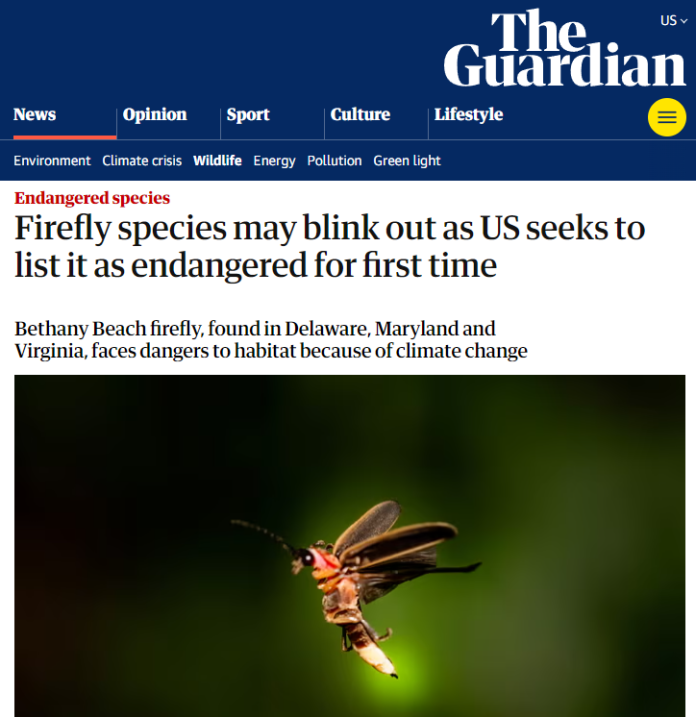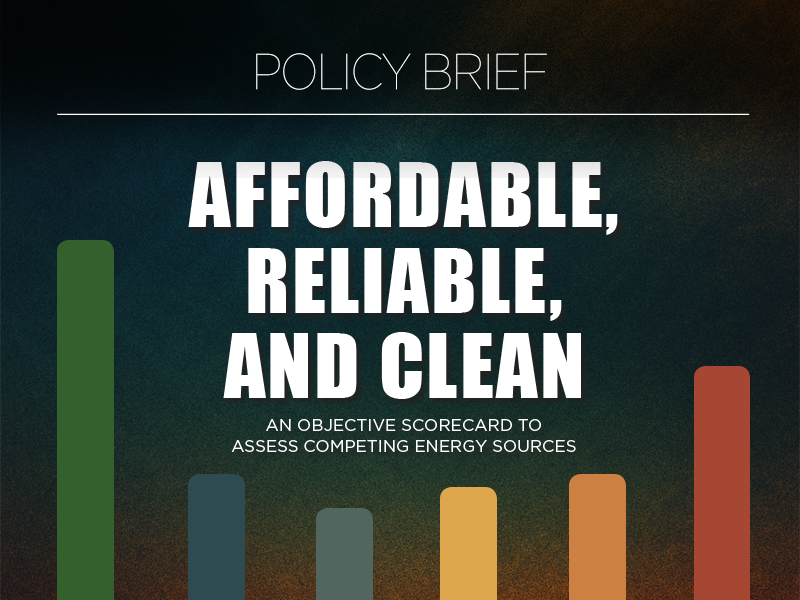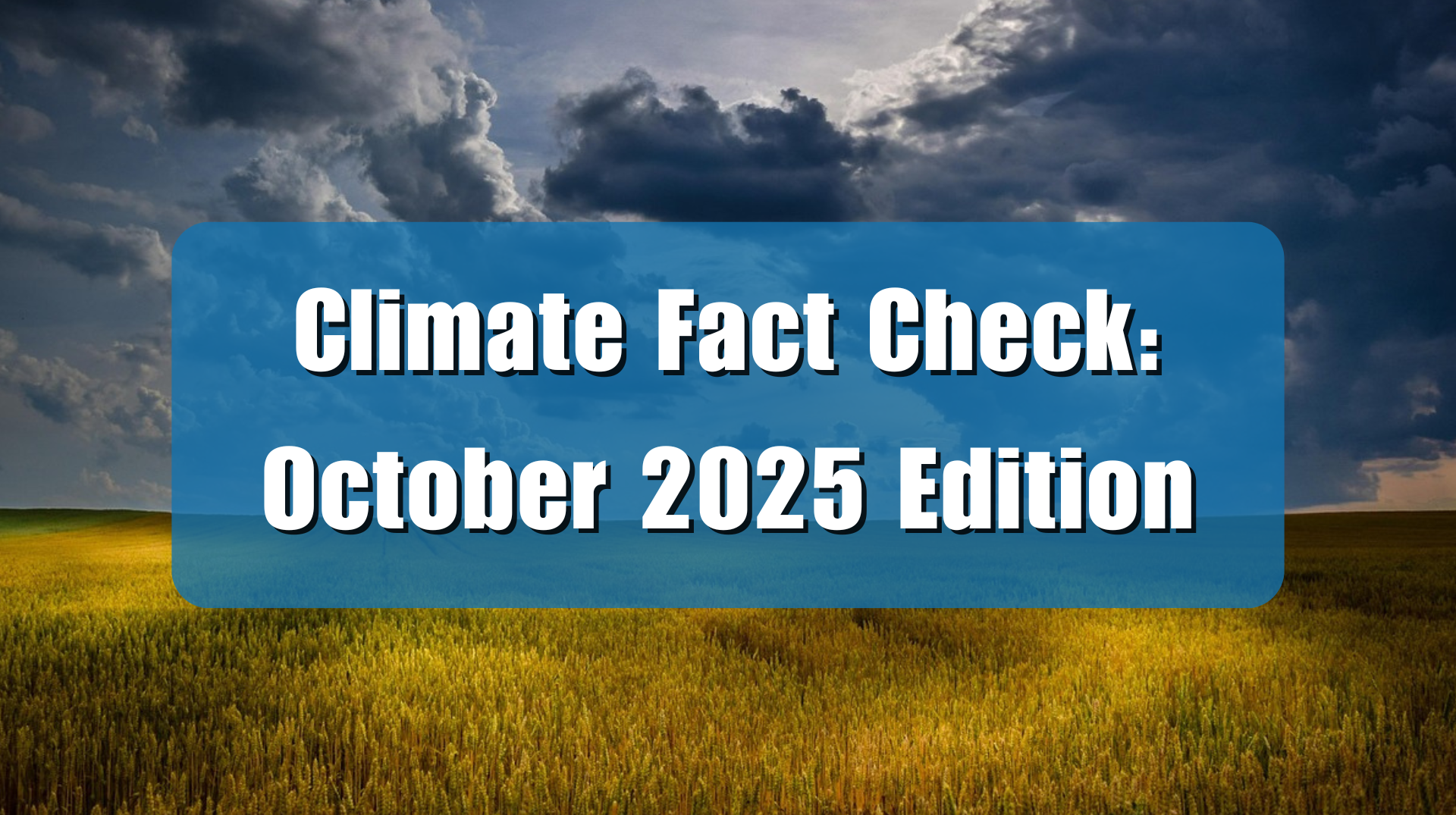A recent post by The Guardian titled “Firefly species may blink out as US seeks to list it as endangered for first time,” claims that the U.S. Fish and Wildlife Service is considering listing a firefly species native to the North Eastern United States as endangered because of climate change. This is false, or at least the focus on the climate element at the start of the article is false. The threats listed are not climate effects, and the U.S. government proposal even acknowledges that human development poses the true threat.
The article describes a firefly species called the Bethany Beach firefly, which is found in coastal parts of Delaware, Maryland, and Virginia, claiming that it is “facing increasing dangers to its natural habitat because of climate change-related events” including sea level rise over time and “lowering groundwater aquifers.”
It is important to note first that the article admits the sea level rise issue is projected to impact firefly habitat “by the end of the century” – about 76 years from now. According to the U.S. Fish and Wildlife Service (FWS), the firefly is only found in freshwater marshes near coastal dune environments. The FWS release is more specific, and says between 76-95 percent of those habitats may be lost to high-tide flooding by 2100… according to climate models.
This might be true, but it is not clear that those habitats will be lost forever because of rising sea levels, and not just pushed back inland gradually over the course of those intervening decades. Dune environments are by default extremely volatile, changing with every tide, and left to nature will grow and recede. The freshwater marshes (swales) associated with them likewise change by the season.
Climate Realism has on several occasions pointed out that sea level rise is hardly the accelerating danger that the media make it out to be, here, here, and here, for examples on the East Coast specifically.
Amazingly, the Guardian article itself quickly mentions a contributing factor to relative sea level rise on the East coast that is also damaging the freshwater environments the firefly needs, and that is “lowering groundwater aquifers.” These aquifers on the East Coast are not lowering due to climate change, they are lowering due to increasing populations necessitating greater water withdrawals. This causes the land to sink, increasing the relative rate of sea level rise in some areas. Delaware, for example, is seeing about 1.7 millimeters of land subsidence each year, which adds up to about 7 inches over 100 years.
The real crux of the issue comes later in the article, where the Guardian finally mentions the abrupt changes to the firefly’s habitat that actually impact its survival on the short term, and that is “growing threats from coastal development and light pollution, the latter of which can interfere with the insects’ ability to use their bioluminescent lights to communicate with each other.” The Guardian points out that the Bethany Beach firefly only flashes in full darkness, which is becoming less available due to light pollution from housing development on the coast.
Looking at human population trends for the three states that have Bethany Beach fireflies; Delaware, Maryland, and Virginia, all three have seen exploding population growth over the past few decades.
“Within the past several years,” the Guardian reports, “Bethany Beach fireflies have been displaced and populations wiped out because of development on coastal wetlands.”
This is obviously not due to climate change, and it comes across as cynical and misleading when the article, and the FWS report, try to make that connection as though climate change is the driver behind declining firefly numbers. The FWS went so far as to try to claim intensifying severe storms were also projected to cause more firefly habitat destruction, but the data simply does not support that hypothesis.
The Guardian and the FWS would be better served telling the truth upfront instead of allowing it to be buried at the bottom of an article, which fewer readers will end up seeing. It’s deceptive and doesn’t help the Bethany Beach firefly they allegedly care about.























